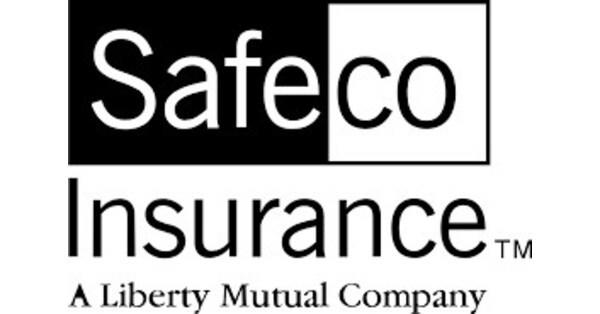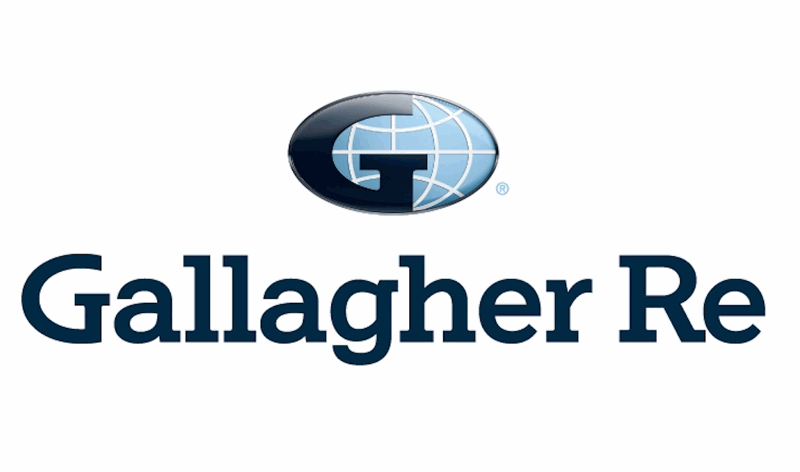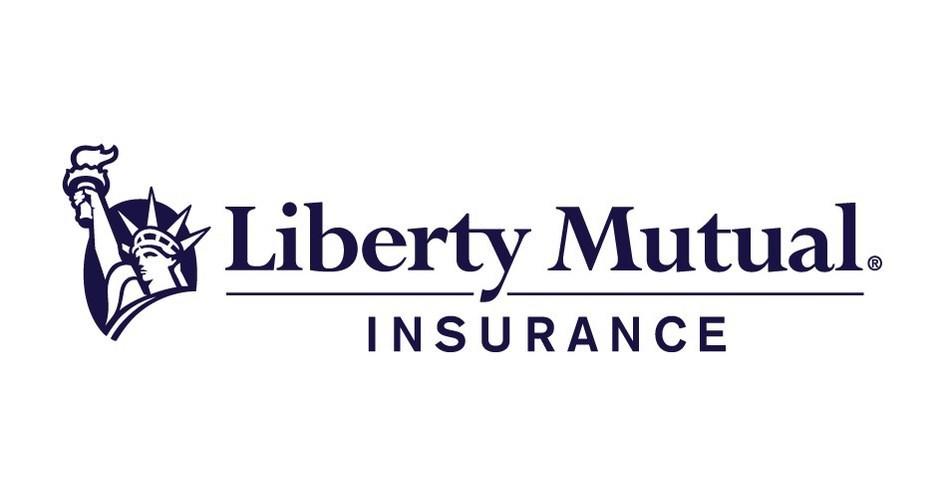News

Admitted to E&S: the shift in insurance markets
The US insurance landscape is undergoing a significant transformation, with a notable shift from the admitted market to the excess and surplus (E&S) lines sector. This change is particularly evident in California, where traditional insurers are retreating from the homeowners' market, and E&S carriers are stepping in to fill the void.
Key factors driving the shift
Retreat of traditional insurers: Major admitted carriers, including Farmers, Allstate, and State Farm, have withdrawn from the California homeowners' market, canceling existing policies and ceasing to write new ones.
Increased demand for coverage: As a result, homeowners are seeking alternative insurance solutions, turning to the E&S market for coverage. Rising natural catastrophes: The increasing frequency of wildfires, floods, and other severe weather events has heightened the need for specialized insurance products.

Mercury Insurance and Safeco Insurance Announce Plans to Transition California Customers and Agents
Mercury Insurance (NYSE: MCY) is partnering with Liberty Mutual Insurance on a plan to provide coverage for thousands of California Safeco Insurance customers impacted by a shift in Liberty Mutual's California personal lines product strategy. Liberty Mutual will recommend to its appointed independent agents that they place impacted Safeco renters, condo and select auto policies with Mercury to ensure a smooth and seamless transition for customers.
"Mercury and Safeco have long had a healthy, competitive relationship, sharing a common desire to protect California consumers," said Gabriel Tirador, Chief Executive Officer of Mercury. "When Safeco approached us with the idea of transitioning their impacted customers into our portfolio, we saw an opportunity for Mercury to be there for California consumers and agents when they need us most. The result is a win for everyone — their customers and agents, Safeco and Mercury.
"Mercury demonstrated its commitment to California in a similar way last year when we took on Tokio Marine's personal lines business following their decision to no longer sell those lines in the state. We believe in California, and we're excited to welcome Safeco customers into the Mercury family."
Research

Legacy tech has become a competitive risk to insurers
‘Speed and accuracy in claims handling is a distinct advantage to carriers and non-negotiable for customers while selecting insurance.’
Insurers spend an average of 70% of their annual IT budget maintaining legacy systems, according to PwC, but this kind of tech is no longer just inefficient, it is a competitive risk.
Despite the industry lag, AI in the insurance market has grown exponentially in recent years due to advancements in AI algorithms, expansion of the insurtech ecosystem, increasing focus on personalization, integration with IoT devices and an evolving cyber insurance landscape.
After reaching 7$ billion in 2024, the market is expected to reach $10 billion in 2025. By 2029, AI in insurance is predicted to reach nearly $36 billion.
"In the fast-moving world of P&C insurance, speed and accuracy in claims handling is a distinct advantage to carriers and non-negotiable for customers while selecting insurance,” said Adil Ilyas, Genpact’s global insurance business leader.
“AI has rapidly evolved from a ‘nice-to-have’ to enabling ‘competitive edge and advantage’ for carriers,” he added. “While many policyholders remain neutral about AI in theory, their perception shifts multi fold when it delivers tangible value, such as faster claims resolutions, proactive updates and clearer communication. For insurers still constrained by legacy systems, the message is clear—lagging on AI adoption isn't just a technology gap, it's a growing risk of negative customer experience.”
Commentary/Opinion
Alarming new data reveals record number of homeowners dropped by insurers: 'The private insurance industry is still cherry-picking'
California has surpassed Florida as the U.S. state with the weakest property insurance market, according to E&E News by Politico, leaving many residents and businesses without coverage or with no other alternative but to turn to the state-run insurer of last resort.
What's happening?
Private insurers are continuing to withdraw from high-risk areas in California, even though the state enacted new policies this year to address the struggling insurance market. This comes as residents impacted by the Los Angeles-area January wildfires are waiting on claim approvals.
"The private insurance industry is still cherry-picking the least risky homes and dumping more Californians on the insurer of last resort," Carmen Balber, executive director of advocacy group Consumer Watchdog, told E&E News. California FAIR Plan data shows that the total number of dwelling and commercial "policies in force" since September 2021 has risen a stunning 154%.
According to E&E, "the number of policies in the California FAIR Plan nearly doubled between September 2023 and June 2025," going from 330,000 policies to 610,000 through June 30, which the outlet labeled as "unprecedented."
AI in Insurance

AI Is Reshaping Work, Agility and Growth in Insurance :
Insurance carriers are facing a growing pressure to modernize by re-examining how they work, make decisions, and engage employees. Enter AI.
As brokers continue to invest in next-generation platforms and new talent expects modern tools from day one, insurance carriers face growing pressure to modernize by re-examining how they work, make decisions, and engage employees.
Artificial intelligence is a part of that evolution. From document accuracy to career development, AI unlocks ways to work smarter across businesses. These tools are changing expectations and creating new paths forward in IT and operations.
From Data Entry to Career Development
A significant shift is underway in how underwriting assistants (UAs) handle broker submissions. With intelligent document processing, UAs are replacing manual data entry with AI that can extract, validate, and even flag inconsistencies in submitted materials.
What was once a time-intensive task now enables more strategic, high-value work.
Some of the benefits of intelligent document processing include:
- Less rework and fewer delays.
- Significantly improved document accuracy, with internal metrics noting increases from 95% to over 100% in some areas due to validation tools.
- More time for UAs to engage with underwriters, explore career paths, and build new skills.
Global InsurTech Report for Q2 2025
The 2025 series of Global InsurTech reports examine the role of Artificial Intelligence (AI) in our industry, exploring its application and use cases in the largest classes of business written (in premium terms). This second report in the 2025 series will focus on property (and its associated weather and climate perils).
Specifically, we will look at how InsurTechs are working with incumbent carriers both to improve the development of property insurance products, and to better understand, predict and even mitigate the perils (chiefly weather events) which drive losses.
According to GlobalData, the property insurance market is projected to grow at a CAGR of over 8% from 2024 to 2028. This predicted growth comes despite a steadily rising loss trend in recent years.
The report also examines and provides insights into the performance of the InsurTech market during Q2 of this year. It's worth noting that we passed a major InsurTech funding milestone in the second quarter of 2025, with a total USD60 billion having been raised since our records began in 2012. This is a remarkable achievement, and underlines both the transformative impact that InsurTech has had on our industry, and the success of so many individual tech firms in attracting capital to support their ambitions.

Property reinsurers must commit to AI investment to drive future growth
Gallagher Re’s recent Global InsurTech Report highlights AI’s potential to make property re/insurance more data-driven, responsive, and profitable, but achieving this requires reinsurers to commit to investing in AI, including building robust data infrastructure capable of handling vast and varied datasets.
Within the report, Freddie Scarratt, Global Deputy Head of InsurTech at Gallagher Re, said AI is rapidly emerging as a transformative force in re/insurance, particularly in modelling and managing catastrophe risks. Its potential comes at an opportune time, as the cost of these perils continues to rise.
“As reinsurers grapple with the financial implications of more frequent and severe events, AI offers a paradigm shift. It can produce more granular insights into weather patterns, leading to better risk selection. This should also spur more accurate pricing, optimized capital allocation and the development of novel insurance products,” he said.
InsurTech/M&A/Finance💰/Collaboration
Hiscox agrees to acquire US-based specialist insurtech
Leading global specialist insurer Hiscox has today announced the agreement to acquire a specialist insurtech business focused on addressing the evolving insurance needs of small businesses operating in sectors such as technology start-ups, life sciences and professional services.
As part of the transaction, Hiscox is acquiring Corix Insurance Services, LLC and Vouch Insurance Company from Vouch, Inc. subject to customary conditions and regulatory approvals.
This acquisition accelerates Hiscox USA’s roadmap, to expand reach into new specialist customer segments. As a result of the transaction, Hiscox will gain new cutting-edge US broker technology to accelerate the ongoing digitization of Hiscox’s US broker platform.
Hiscox USA is a leading digital provider of small business specialty insurance and serves over 600,000 customers through multi-channel distribution. The business has grown organically for nearly 20 years to write over $900 million premiums in 2024.
Climate/Resilience/Sustainability

Global insured cat losses reach $80bn in H1’25, FY total may exceed $150bn
The Swiss Re Institute has estimated that global insured losses from natural catastrophe events reached US $80 billion in the first half of 2025, which is almost double the 10-year average and more than half of the firm’s projected full year figure of $150 billion.
Swiss Re’s data on global insured natural catastrophe losses of $80 billion for H1 2025 compares to broker Aon’s estimate of at least $100 billion, and reinsurance broker Gallagher Re’s estimate of $84 billion.
According to Swiss Re Institute, the Los Angeles County wildfires in January led to an estimated $40 billion in insured losses in H1 2025, while insured losses from severe convective storms (SCS) totalled $31 billion.
The Los Angeles wildfire’s in January constituted the largest-ever insured wildfire loss event by far.
“This exceptional loss severity was due to a prolonged Santa Ana winds season coupled with a lack of rainfall, allowing the fires to spread rapidly and destroy more than 16 000 structures in an area with some of the densest concentration of high-value single-family residential property in the US,” Swiss Re Institute explained.

Researchers are resurrecting billion-dollar disaster tool Trump killed
A climate nonprofit is planning to revive a key federal database tracking billion-dollar weather disasters that the Trump administration formally stopped updating in May.
The database - which was produced by the National Oceanic and Atmospheric Administration - is set to return this fall as a product of Climate Central. The organization has hired Adam Smith, the former NOAA climatologist who led the disaster tracker for more than a decade, to continue tallying the growing number of storms, droughts and wildfires that cause at least $1 billion in damage.
In an interview with Bloomberg Green, Smith said he left NOAA voluntarily in April after facing pressure to stop work on the database. The Trump administration has waged a broad assault on climate science in recent months, attacking mainstream findings, disabling the federal Climate.gov website and proposing to eliminate most of NOAA’s research division.

Wawanesa offering $200,000 in grants to support projects
With extreme weather becoming more frequent, unpredictable, and severe, Wawanesa Insurance is once again stepping up to help more Canadian communities become more resilient through its Wawanesa Climate Champions: Local Grants.
Now in its second year, the initiative is offering $200,000 in total funding to support climate adaptation and mitigation projects that reduce the effects of extreme weather on communities. To help recipients make an even greater impact, Wawanesa has doubled the maximum individual grant amount to $50,000. The Wawanesa Climate Champions: Local Grants are open to qualified projects in any Canadian community.
“From wildfires, to flooding and hailstorms, this past year has been the most destructive weather-wise in our country’s history,” said Jackie De Pape Hornick, Director, Communications & Community Impact at Wawanesa. “As our climate continues to change, Wawanesa is doing its part to help Canadians better protect what matters most.”
The deadline to apply for the Wawanesa Climate Champions: Local Grants is September 26. Eligible organizations include registered charities, non-profits, and Indigenous communities. For project criteria or to submit an application, visit wawanesa.com.
The initiative is part of the broader Wawanesa Climate Champions program, which invests $2 million annually to support the people and organizations on the front lines of climate change.
Financial Results

Liberty Mutual Insurance Reports Second Quarter 2025 Results
Liberty Mutual Holding Company Inc. and its subsidiaries (collectively "LMHC" or the "Company") reported net income attributable to LMHC of...Liberty Mutual Holding Company Inc. and its subsidiaries (collectively "LMHC" or the "Company") reported net income attributable to LMHC of $1.845 billion and $2.870 billion for the three and six months ended June 30, 2025, versus income of $717 million and $2.252 billion for the same periods in 2024.
"We delivered strong second quarter results, with net income attributable to LMHC of $1.8 billion driven by disciplined underwriting and excellent investment performance," said Tim Sweeney, Liberty Mutual Chairman & Chief Executive Officer.
"Our combined ratio improved by 12.4 points to 87.2%, reflecting the impact of our underwriting actions and strategic choices made over the past two years. These results demonstrate meaningful progress toward our 95% combined ratio target and create confidence in our path to sustainable, profitable growth."

AIG Q2 earnings beat bolstered by improved underwriting, investment income
American International Group (NYSE:AIG) delivered Q2 earnings on Wednesday that topped the average analyst estimate, as its underwriting income and investment income grew from a year ago.
Q2 adjusted EPS of $1.81, topping the average analyst estimate of $1.60, increased from $1.16 in the year-ago quarter.
"This growth was driven by higher underwriting income of $626M, higher net investment income of $955M, and disciplined capital management," said Chairman and CEO Peter Zaffino.
Q2 total net investment income, on an adjusted pretax income basis, grew to $955M from $879M a year ago.
General Insurance net investment income rose 17% Y/Y, mainly on higher income on available for sale fixed maturity securities and alternative investments and lower investment expenses, partially offset by lower income on other investments.
Q2 General Insurance net written premiums of $6.88B vs. the Visible Alpha consensus of $7.12B, declined 1% Y/Y on a reported basis, but increased 1% on a comparable basis. The unit’s underwriting income of $626M rose 46% Y/Y, driven by lower catastrophe charges, higher favorable prior year development, and lower acquisition expenses.
General Insurance accident-year combined ratio, as adjusted, was 88.4% vs. 87.6% a year ago.
Podcast Sponsor

Audio Version - 'Connected: The Podcast' --- Sponsored by Pulse Podcasts
The ‘Connected’ Podcast by Alan Demers and Stephen Applebaum, is a condensed audio version of the day's ‘Connected' newsletter, a daily scan of all the happenings in the world of Insurance & InsurTech News.
Pulse Podcasts: Introduce a new way for your audience to hear your voice! We are a podcast creation service that helps businesses turn their written content, like blog posts and news articles, into beautiful podcasts. Our platform writes the script, records the voices, and mixes the audio to create engaging content for your audience. It's affordable and has super-fast turnaround!
LISTEN AND SUBSCRIBE BELOW
